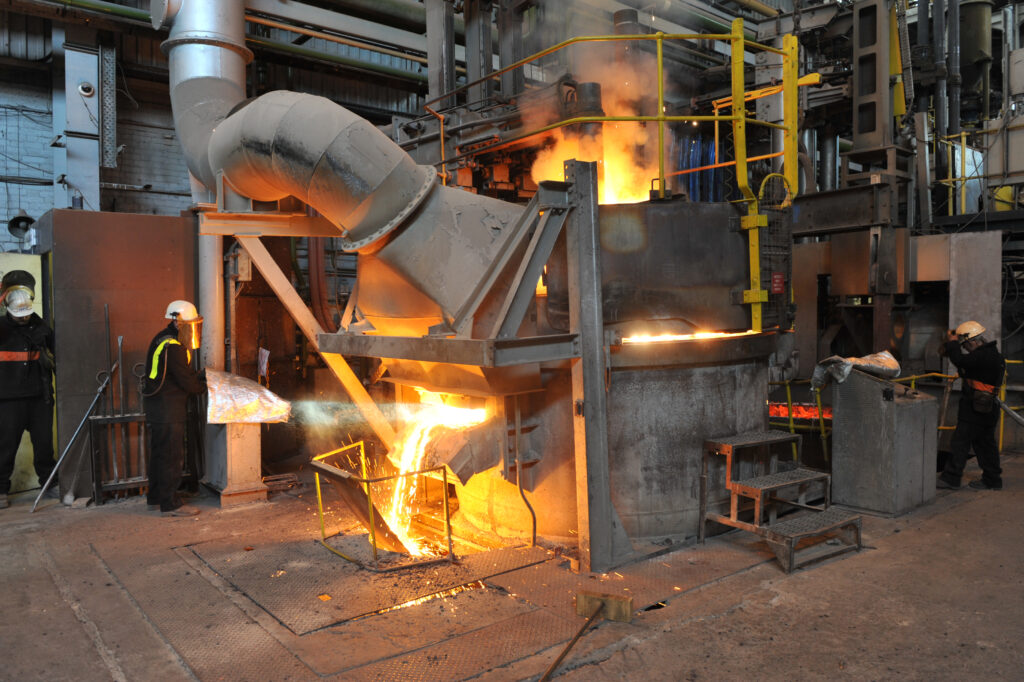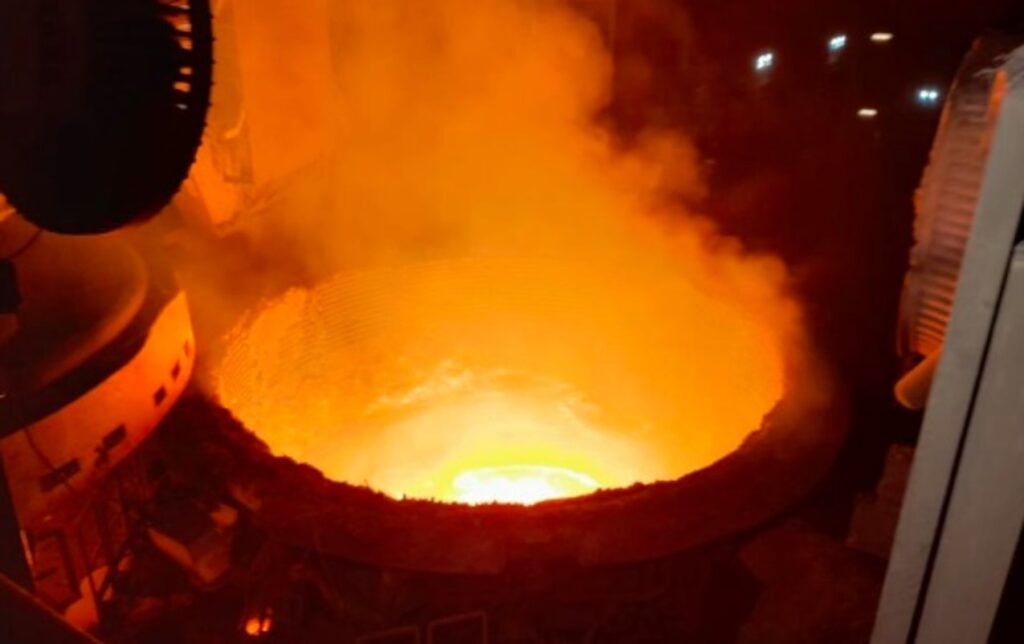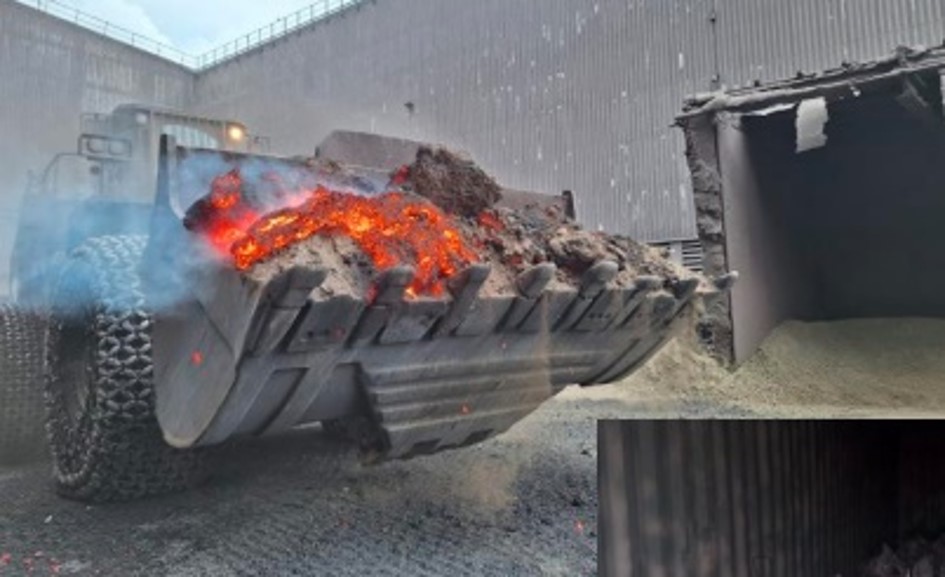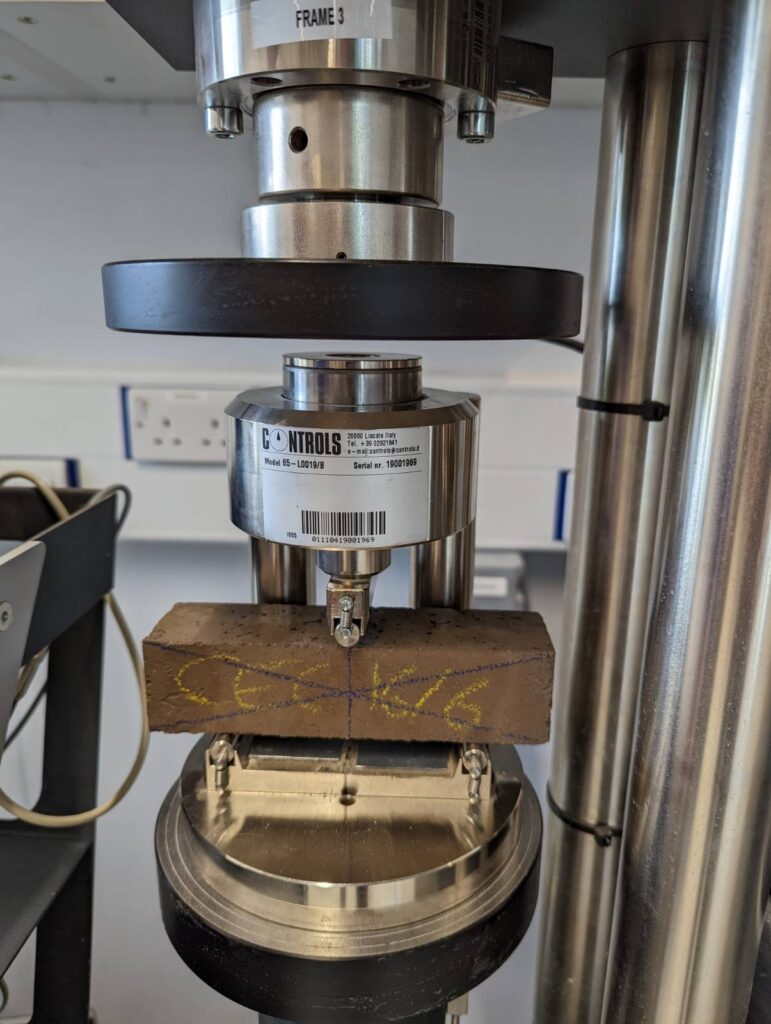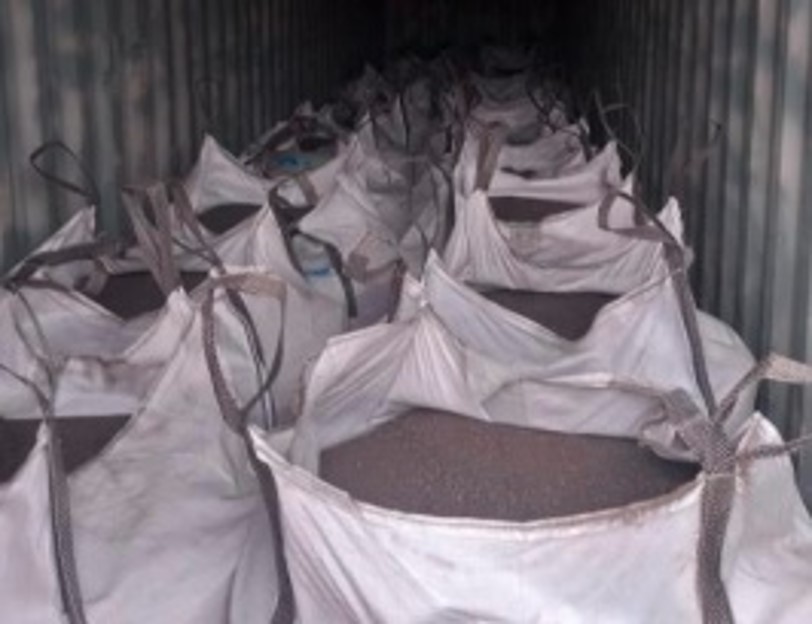Cambridge Electric Cement (CEC) is a sustainable cement start-up, founded in 2022 to commercialise a sustainable cement concept from the University of Cambridge. The team has developed the world’s first process for making low carbon, recycled cement, by processing it through the same electric arc furnaces (EAFs) as those used in steel recycling.
Technically, CEC’s breakthrough process co-recycles steel and cement to produce a low carbon, circular cement product that offers a very low emissions[1], circular, and scalable alternative to existing cement production. The key innovation is the substitution of recovered cement paste (RCP) for the lime used in the steel recycling process. Critically, CEC has proven that electric arc furnaces (EAFs) provide the right conditions to reactivate RCP extracted from old concrete waste, without interfering with the steelmaking. This co-production process avoids both the kiln-related energy and calcination process emissions from conventional cement production, and leverages existing steelmaking infrastructure. The result is a direct replacement for current Portland cement (i.e. CEM I), delivering equivalent performance without the negative environmental impact.
In terms of product maturity, our industrial trials have commenced at CELSA UK’s 150t EAF, and we have reached TRL7 as a result of the Cement 2 Zero industrial demonstrator programme.
Commercially, CEC is shortly set to close a £2.25 million seed funding round to grow the commercial business. This investment will enable CEC to industrialise production of its sustainable cement at CELSA UK’s EAF facility in Cardiff, deliver a real-world construction demonstrator, and advance commercial agreements with partners and customers.
We are based in Cambridge, UK.
[1] Recent trials demonstrate that a reduction of 50-75% emissions footprint vs. conventional clinker production is initially possible (~200-400tCO2e/t CEC clinker vs. ~850tCO2e/t conventional clinker), proving that cement recycling is commercially viable and that cement making can be fully electrified. From there, our research – as recently published in Nature magazine – indicates that a zero carbon product can be achieved with today’s technology. See link for more details: https://www.nature.com/articles/s41586-024-07338-8
